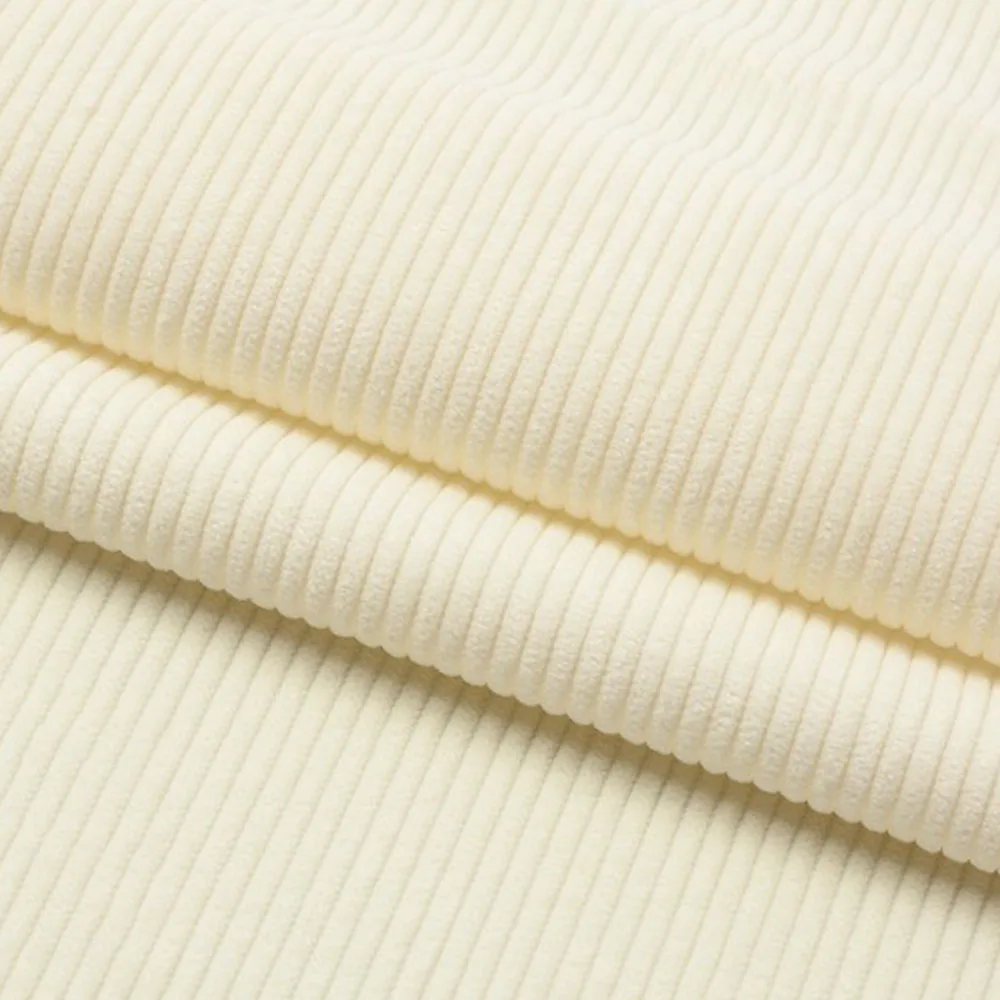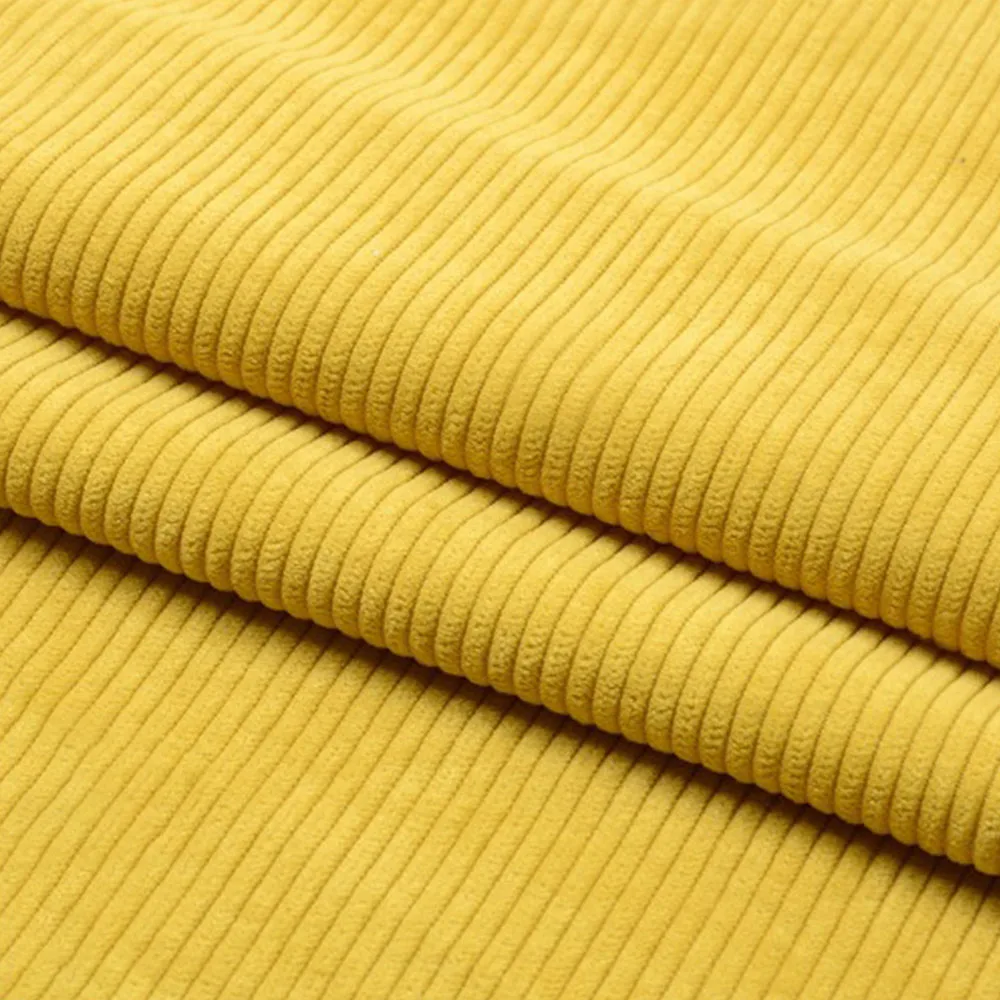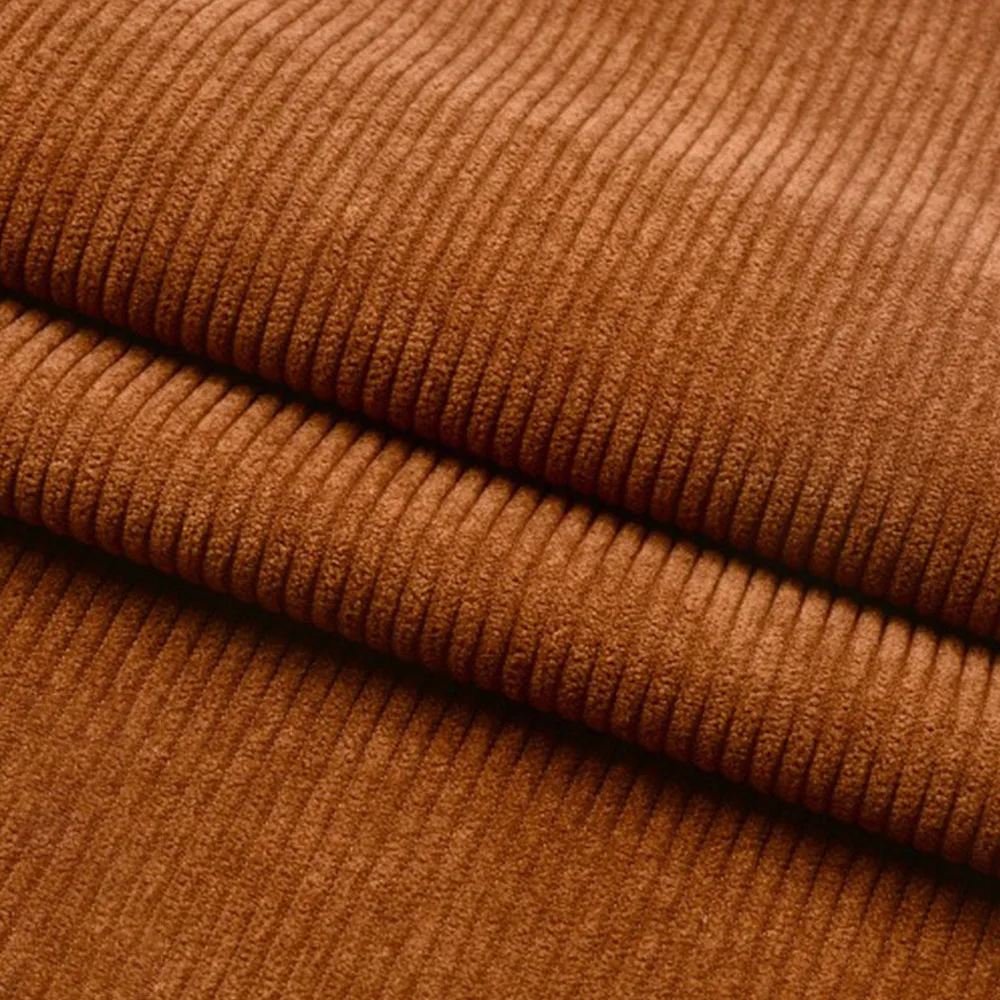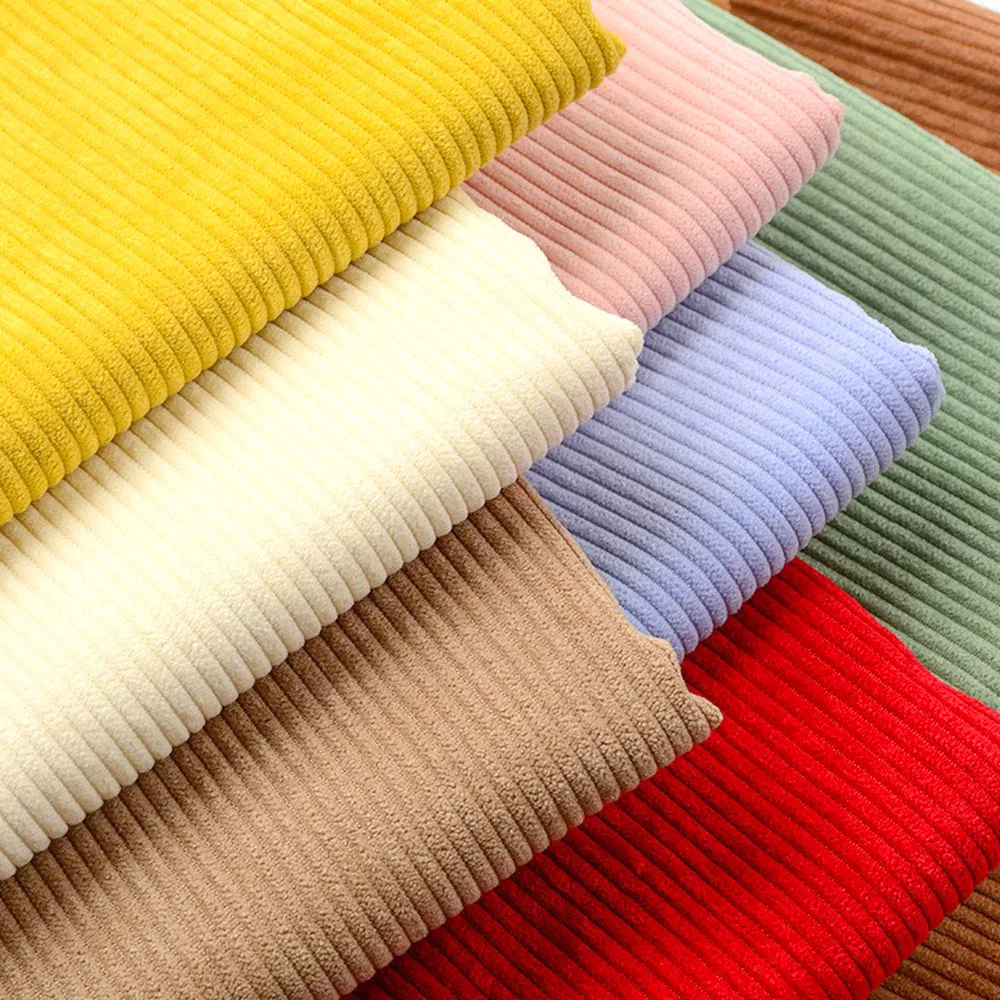Understanding Wax Stains
What Causes Wax Stains?
Wax stains often come from candles, crayon marks, or even wax spills during arts and crafts. The wax itself is typically made from paraffin, soy, or beeswax, and it solidifies quickly, making it tricky to remove once it gets on fabric. Understanding the composition of the wax and how it interacts with different types of fabric is crucial in selecting the most effective cleaning method.
How Wax Adheres to Fabric
Wax stains adhere to fabric through a combination of heat and pressure. When wax melts, it seeps into the fibers of the fabric. Once it cools and solidifies, it bonds tightly with the fibers, making it difficult to remove. Different fabrics have different levels of absorbency, which can affect how deeply the wax penetrates and how hard it is to get out.
Preparation for Cleaning Wax Stains
Gather Your Supplies
Before you begin removing wax stains, it’s important to gather the necessary supplies. You will need paper towels or a clean cloth, an iron, a plastic scraper, and a solvent like rubbing alcohol or a commercial stain remover. For more stubborn stains, you might need a combination of these items, and sometimes even a specialized wax remover.
Test Fabric for Colorfastness
Before applying any cleaning solution, it’s crucial to test the fabric for colorfastness. Apply a small amount of the solvent or stain remover to an inconspicuous area of the fabric and check for any adverse reactions. This step helps prevent any damage or discoloration to your fabric during the cleaning process.

Step-by-Step Wax Removal Techniques
Initial Wax Removal
- Cool the Wax: Start by allowing the wax to cool and harden completely. You can speed up this process by placing the fabric in the freezer or applying ice cubes to the stained area. This makes the wax more brittle and easier to remove.
- Scrape Off Excess Wax: Once the wax is hardened, gently scrape off the excess using a plastic scraper or the edge of a credit card. Be careful not to damage the fabric during this process.
Applying Heat
- Prepare the Iron: Set your iron to a low or medium heat setting without steam. Place a piece of paper towel or a clean cloth over the wax stain.
- Press with Iron: Gently press the iron over the cloth or paper towel. The heat will melt the wax, allowing it to transfer onto the paper towel or cloth. Keep moving the paper towel or cloth to a clean area to absorb more wax.
Using Solvents
- Apply Solvent: Once most of the wax is removed, apply a solvent like rubbing alcohol or a commercial stain remover to the remaining wax residue. Dab the solvent onto the stain using a clean cloth, and avoid over-saturating the fabric.
- Blot and Rinse: Gently blot the area with a clean cloth to lift the wax residue. Rinse the fabric with cold water to remove any remaining solvent. Repeat the process if necessary until the stain is gone.
Dealing with Different Fabric Types
Cotton and Polyester Fabrics
Cotton and polyester are relatively easy to clean, as they can usually handle the heat and solvents well. Follow the basic steps of cooling, scraping, and applying heat. For polyester, ensure that you use a lower heat setting on the iron to avoid melting the fabric.
Delicate Fabrics
For delicate fabrics like silk or wool, extra caution is needed. Avoid using high heat or strong solvents. Instead, use a low heat setting on the iron and consider hand-washing the fabric with a mild detergent. Test any cleaning solutions on a hidden area first to ensure they don’t damage the fabric.
Preventing Wax Stains in the Future
Use Candle Holders
To avoid future wax stains, use proper candle holders or drip trays. These can catch any accidental wax spills and prevent them from reaching your fabric. For events or crafts involving wax, ensure that protective covers are in place.
Immediate Clean-Up
If a wax spill occurs, clean it up as soon as possible. Blot any excess wax with a paper towel and follow the cleaning steps immediately. The faster you act, the less chance the wax has to set into the fabric.
Advanced Wax Removal Tips
Using Ice for Stubborn Stains
For particularly stubborn wax stains that resist traditional methods, ice can be a powerful tool. Wrap ice cubes in a plastic bag or use an ice pack and place it directly on the wax stain. The cold temperature will harden the wax even further, making it easier to chip away. This technique is especially effective for larger areas of wax or if the wax has deeply penetrated the fabric.
Utilizing Commercial Wax Removers
In cases where DIY methods fall short, commercial wax removers can be highly effective. These products are specifically formulated to break down wax and are available in various forms such as sprays, gels, and wipes. Follow the instructions on the packaging carefully, and ensure that the remover is suitable for your fabric type. Always test a small, hidden area first to prevent any adverse effects.

Post-Cleaning Care
Laundering the Fabric
After successfully removing the wax stain, it’s essential to launder the fabric properly. Wash the fabric according to the care instructions, using the appropriate water temperature and detergent. If any residue remains, repeat the cleaning process before drying, as heat from the dryer can set the stain permanently.
Inspecting for Residual Stains
Once the fabric is clean and dry, inspect it for any remaining wax or stain traces. If you notice any residual marks, treat them with a stain remover or a mixture of vinegar and baking soda before washing the fabric again. This ensures that any lingering wax or cleaning solution is fully removed.
Special Considerations for Different Wax Types
Paraffin Wax
Paraffin wax is commonly used in candles and is relatively straightforward to remove with heat and solvents. However, because it solidifies into a hard residue, it might require multiple treatments. Ensure that you scrape off as much of the paraffin wax as possible before applying heat or solvents.
Soy Wax
Soy wax, often used in eco-friendly candles, tends to be softer and more pliable than paraffin. This characteristic can make it easier to remove, but it can also leave an oily residue. For soy wax stains, use a solvent specifically designed for grease or oil stains, and launder the fabric thoroughly.
Beeswax
Beeswax has a sticky texture and can be more challenging to remove. In addition to the basic methods of scraping and heating, consider using a mixture of hot water and dish soap to break down the sticky residue. For delicate fabrics, consult the manufacturer’s care instructions or seek professional cleaning advice.
Preventive Measures
Wax Protection Products
Invest in wax protection products such as candle holders with drip catchers or fabric protectors for your tablecloths and upholstery. These products help prevent wax from coming into direct contact with your fabrics and reduce the likelihood of stains.
Educate and Inform
Educate family members or others in your household about the importance of preventing wax spills. For example, when using candles, keep them away from fabrics and surfaces that are difficult to clean. Awareness and preventative measures are key to minimizing wax-related mishaps.

Seeking Professional Help
When to Consult a Professional
If you have tried all the DIY methods and the wax stain persists, it may be time to seek professional help. Professional cleaners have specialized equipment and cleaning solutions that can tackle tough stains without damaging your fabrics. They can also provide advice on how to prevent similar issues in the future.
Choosing a Professional Service
When choosing a professional cleaning service, ensure they have experience with wax stains and handle your type of fabric. Read reviews or ask for recommendations to find a reputable service. Discuss the cleaning methods they plan to use and any potential risks to your fabric.
Conclusion
Removing wax from fabric requires a combination of the right techniques and tools. By understanding how wax interacts with different fabrics and preparing adequately, you can effectively tackle wax stains. Whether dealing with a cotton shirt or a delicate silk scarf, following these methods will help you achieve the ultimate clean.









